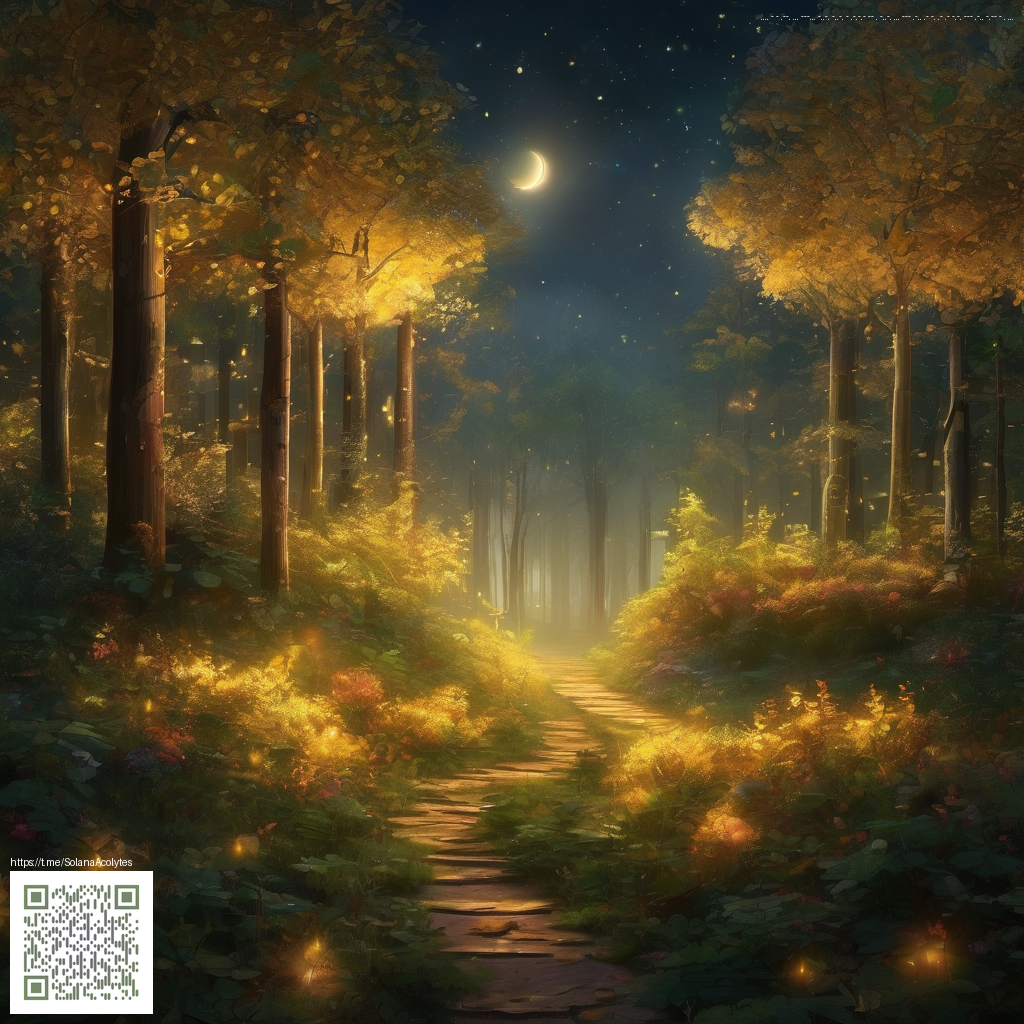
Crafting Realistic Paper Textures with Midjourney
In design and branding, paper textures are more than just background noise—they set mood, convey tactility, and ground digital work in a tangible aesthetic. Midjourney has become a powerful ally for creating realistic paper textures that read well on screens and print alike. Whether you’re building a packaging concept, a website backdrop, or a product shoot backdrop, the right texture can transform your visuals from flat to tactile in seconds.
Prompts that coax realism from pixels
The key to believable textures starts with precise prompts. Focus on grain, fiber direction, creases, and the subtle variation that makes paper feel alive. For example, an effective prompt might look like this: “paper texture, aged, grain, fibers, gentle creases, soft shadows, cream/ivory tone, high-resolution, tileable” with practical Midjourney parameters such as --tile, --v 5, and --q 2. The goal is to guide Midjourney toward a surface that isn’t perfectly uniform but carries the imperfections that make paper convincing.
Tileable textures: seamless transitions for every surface
One of the most valuable features for texture work is seamless tiling. The tile option enables you to generate a texture that repeats without visible seams, making it perfect for backgrounds, wraps, or UI panels. When you’re testing textures across multiple product shots or layouts, tileability ensures consistency from hero images to micro-graphics. Think of your texture as a foundational layer you can layer beneath typography, photography, and product imagery without ever drawing attention to repetition.
Color, lighting, and grain: dialing in the mood
Paper color isn't just white or brown—it spans creams, ivories, cool whites, and even subtle tinted hues. Decide the intended mood early: a warm, antique look or a cool, modern minimalism. Adjust grain and fiber visibility to match the genre of your project. Lighting direction matters too: raking light enhances creases, while diffuse lighting reveals a gentler texture. A couple of iterations with small changes to color balance, grain amplitude, and shadow depth can yield dramatically different vibes while keeping the same base texture.
“Texture realism comes from iteration. A few tweaks to grain, fiber direction, and tiling will turn a flat render into something tactile.”
As you refine, keep your end use in mind. If the texture will overlay glossy product photography, you may prefer a softer grain and slightly cooler tones to avoid clashing with highlights. Conversely, a matte packaging concept might embrace a warmer cream with stronger, visible fibers to evoke a handcrafted feel.
If you’re curious how these textures translate to real-world product visuals, you can explore related resources and practical examples on the product page Neon MagSafe Phone Case with Card Holder. Testing textures in conjunction with actual product imagery helps verify legibility, contrast, and overall harmony between surface and subject.
For additional techniques and inspiration, a complementary guide sits at this resource page. It’s a handy reference when you want to compare prompts, tile strategies, and post-processing tips across several texture experiments.